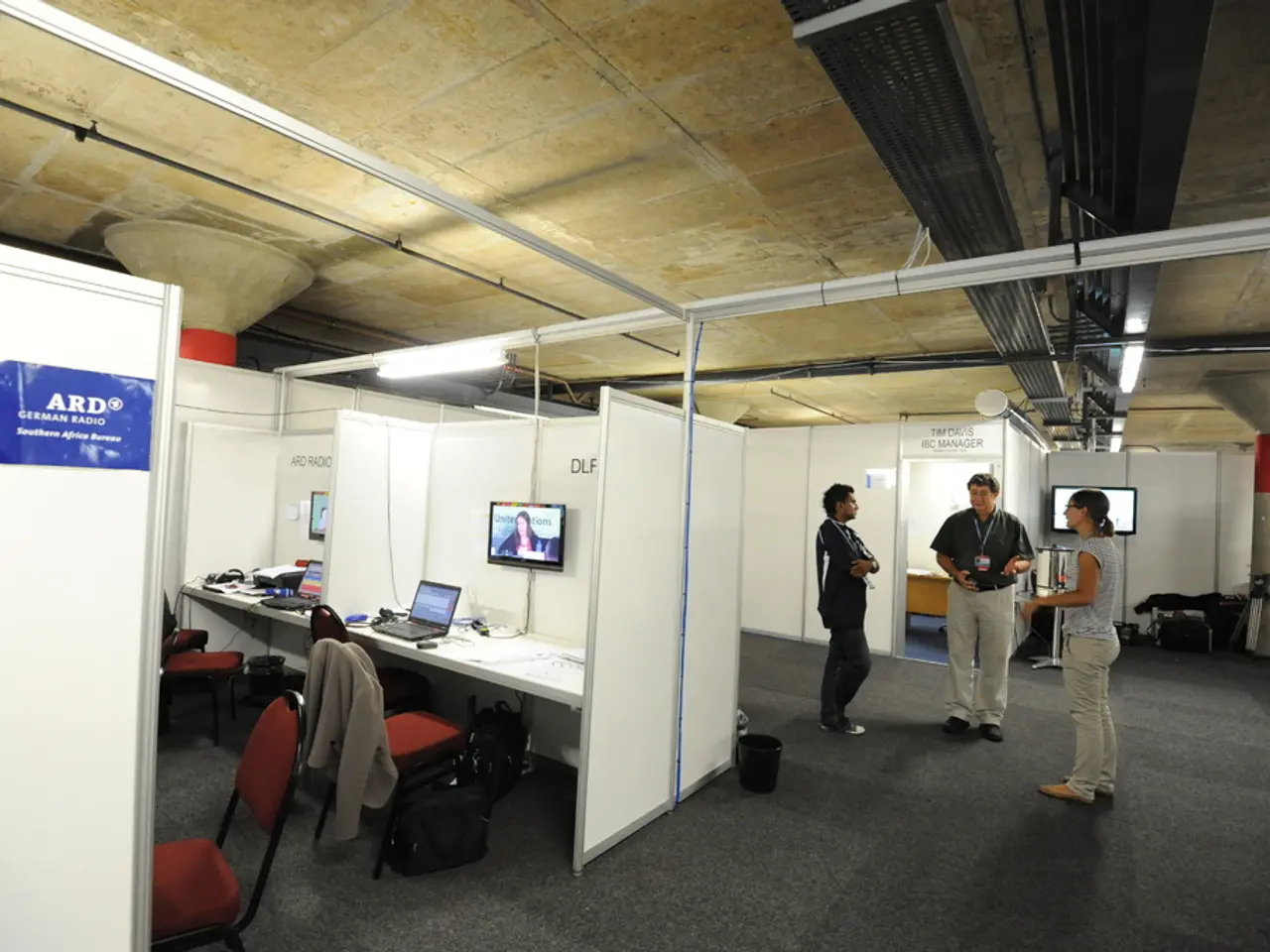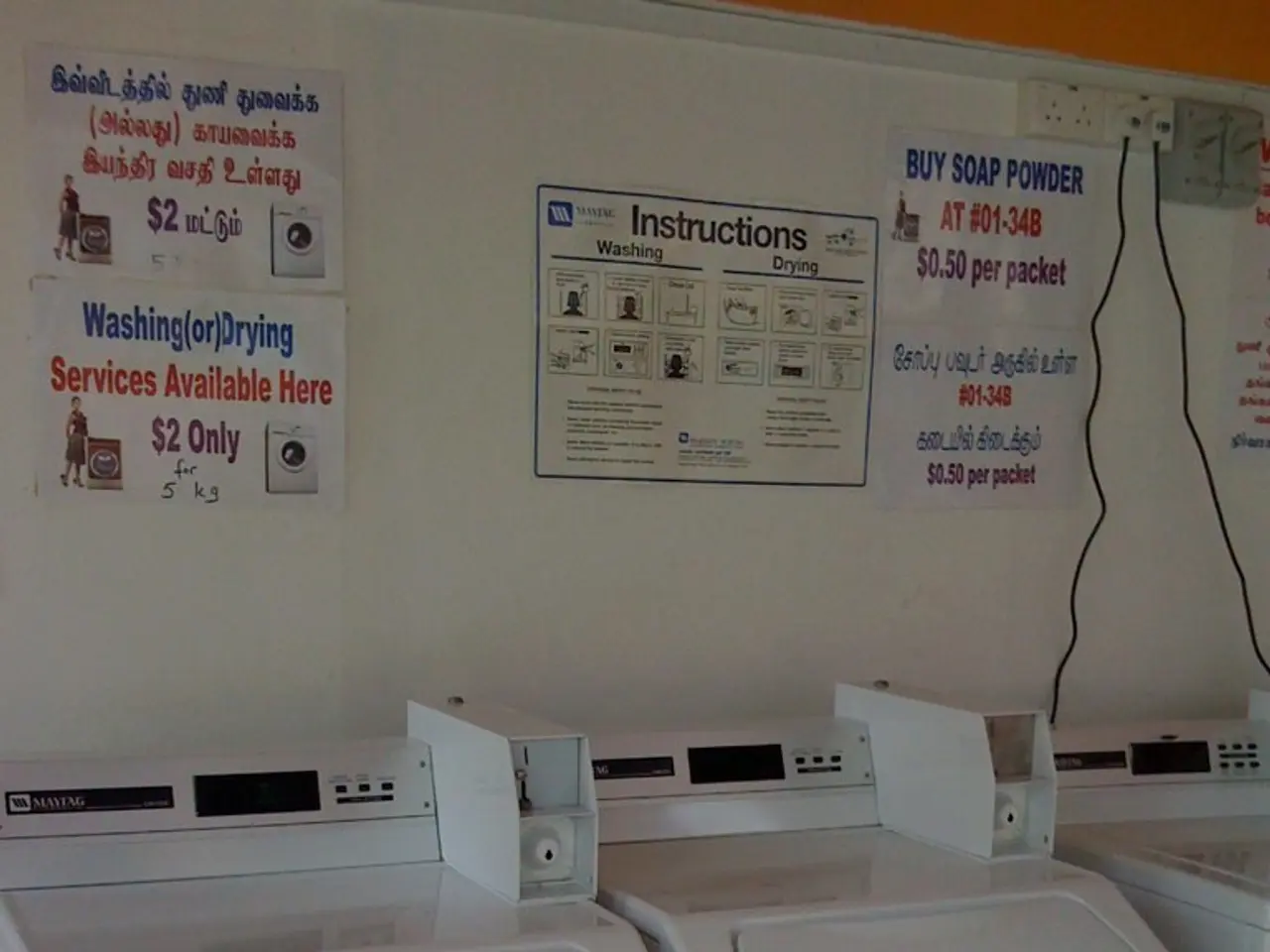Telecom Industry Reacts to Proposed Television Development Plan Report
The Future of Television Initiative report, released in early 2023 under the leadership of FCC Chair Jessica Rosenworcel, provides a comprehensive roadmap to guide the Federal Communications Commission (FCC) on managing the transition from ATSC 1.0 to ATSC 3.0 television broadcasting standards. The report signals a clear intent to phase out ATSC 1.0 and fully embrace ATSC 3.0, highlighting both the regulatory and technical challenges ahead.
As of mid-2025, about 10% of the top 55 Designated Market Area (DMA) full power and Class A broadcast stations (roughly 70 out of 800 stations) have transitioned to ATSC 3.0. The transition is proceeding but complex, requiring broadcasters to upgrade multiple systems including program encoders, transmitters, STL systems, antennas (sometimes), and monitoring equipment, since ATSC 3.0 is not backwards compatible with ATSC 1.0. This transition is compared in scope and complexity to the recent FCC spectrum repack and is expected to require significant planning and investment by broadcasters.
The National Association of Broadcasters (NAB) has petitioned the FCC to set a mandatory transition deadline in two phases: Stations in the top 55 DMAs would complete the transition by February 2028, and stations in other markets by February 2030. This proposal is supported by major broadcasters and industry groups citing benefits like improved broadcast quality and new service capabilities. However, the proposal has met opposition from some advocacy groups, low-power TV broadcasters, and concerns about regulatory overreach conflicting with deregulatory policies.
The report, which took more than a year to draft, represents a "snapshot in time" of where things stood as each of the working groups examined their respective topics. It was not a roadmap for the transition to ATSC 3.0, but rather an airing of perspectives on the transition from a wide range of participants. The report presented consensus recommendations in three areas: backward compatibility, completing the transition, and post-transition regulation.
Broadcasters recognise that a large percentage of their audience accesses TV via Multichannel Video Programming Distributors (MVPDs) and understand the importance of protecting retransmission revenue. They want to make the pay TV experience as good as possible because they have a big stake in retransmission revenue. MVPDs expressed concern about several issues, such as the need to purchase new equipment and incur new costs to support 3.0, the need for the commission to update signal level requirements for broadcast signals delivered to principal headends, watermarking, and other issues.
The report addresses a possible sunset strategy in which the substantially similar requirement for offering a main-channel simulcast in ATSC 1.0 could be lifted, freeing up additional spectrum for ATSC 3.0. Not all broadcast participants favour lifting the substantially same requirement, as it could make watching broadcast television more expensive and harder for consumers.
In essence, the ATSC 3.0 transition is underway but remains a significant, phased effort involving technical upgrades, regulatory rulemaking, and careful consideration of equity and access issues. The FCC is actively considering deadlines influenced by industry petitions, balanced against public interest and smaller broadcasters' concerns. "We look forward to working with all stakeholders to ensure this process is consumer-driven and that neither consumers nor operators are unfairly made to bear the cost of the broadcast industry's voluntary transition to a new technology," Dietz said in the email.
The Future of Television Initiative report, led by the National Association of Broadcasters and former Federal Communications Commission Chair Jessica Rosenworcel, has received praise from industry players, including broadcasters and ATSC. ATSC and the Society of Cable Telecommunications Engineers (SCTE) have roles to play in ensuring compatibility, such as ensuring 3.0's AC-4 works on cable boxes. Participants in each working group included local TV broadcasters, broadcast groups and networks, representatives from low-power TV, satellite and cable providers, various trade associations, consumer-electronics vendors, retailers, public-interest groups, and ATSC.
- The Future of Television Initiative report, released in early 2023, serves as a guide for the Federal Communications Commission (FCC) in managing the transition from ATSC 1.0 to ATSC 3.0 television broadcasting standards.
- By mid-2025, approximately 10% of the top 55 Designated Market Area (DMA) full power and Class A broadcast stations have transitioned to ATSC 3.0, with about 70 stations making the switch out of 800.
- The transition to ATSC 3.0 is complex, requiring broadcasters to upgrade multiple systems including program encoders, transmitters, STL systems, antennas, and monitoring equipment.
- The National Association of Broadcasters (NAB) has petitioned the FCC to set a mandatory transition deadline in two phases: completing the transition in the top 55 DMAs by February 2028, and in other markets by February 2030.
- The report, which took over a year to draft, presents consensus recommendations in three areas: backward compatibility, completing the transition, and post-transition regulation.
- Major broadcasters and industry groups support the NAB's proposal for a mandatory transition deadline, citing improvements in broadcast quality and new service capabilities.
- The report addresses a possible sunset strategy in which the requirement for offering a main-channel simulcast in ATSC 1.0 could be lifted, freeing up additional spectrum for ATSC 3.0.
- Multichannel Video Programming Distributors (MVPDs) have expressed concerns about the need to purchase new equipment, update signal level requirements, and address issues like watermarking in support of the ATSC 3.0 transition.
- ATSC 3.0's transition involves technical upgrades, regulatory rulemaking, and careful consideration of equity and access issues, with the FCC actively considering deadlines influenced by industry petitions and public interest.
- The Future of Television Initiative report, involving participants from local TV broadcasters, broadcast groups and networks, satellite and cable providers, consumer-electronics vendors, retailers, public-interest groups, and ATSC, has received praise from industry players including broadcasters and ATSC.




